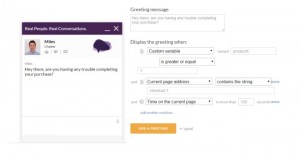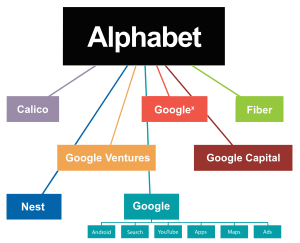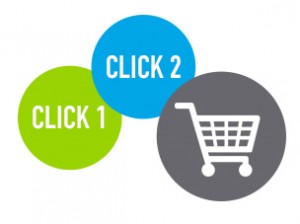by Harvey Chipkin, Columnist, December 19, 2016
When two people visit Amazon’s website, they get two different experiences based on their past histories with the retailer. This “Amazon effect” has changed consumer expectations, and puts pressure on travel suppliers to deliver personalization and relevance at every touchpoint. Imagine the following examples:
- A traveler is on her way to the airport and gets a text from the airline to find out her flight has been delayed for hours. When she goes on the airline app to research options for other flights, she’s offered a coupon for free Wi-Fi.
- A passenger goes to the baggage carousel after his flight lands and finds that his luggage is lost. Several hours later, when his baggage is still missing, he checks his email to see an offer for the airline’s credit card or for a fare sale. Those messages should be suppressed until the baggage issue is resolved.
- A mom is reading a magazine’s website for reviews of family beach resorts in the Caribbean. While on the site, she’s served airline or hotel offers related to her search.
Those examples are provided by Signal, a technology-based marketing company that emphasizes consistent and personalized messages across all devices and channels. With travelers using multiple devices not only to plan and book travel but to plan and book activities when they are on the road, it’s crucial for marketers to reach them on all those devices at the right times and with the right message.
The challenge, said Mike Sands, CEO of Signal, is “to recognize travelers as they move across devices and create seamless, one-to-one experiences that will drive loyalty and conversions. Travel marketers have an opportunity to use the rich customer data at their fingertips to deliver meaningful, relevant experiences everywhere consumers are interacting.”
To that end, Signal recommends travel marketers consider these strategies:
- Create a single view of each customer to understand their cross-device journey. From log-in on websites and mobile apps to information from frequent traveler programs, travel suppliers have a significant amount of first-party data at their disposal. By unifying that rich data into a cohesive customer view, marketers can understand individual customers and deliver seamless experiences as travelers switch between devices.
- Prioritize personalization and relevance. When asked how airlines and hotels can improve the planning and booking experience, the lack of personalization is cited as a top frustration among travelers. Resolving cross-device identity helps marketers power the meaningful, customer-centric experiences travelers want.
- Use profile data to re-engage customers who haven’t traveled lately. The survey found that travel suppliers have a significant opportunity to influence consumers to take a trip. By linking data to customer profiles that persist over time and get richer with every interaction, travel suppliers can provide relevant messages in real time and engage in ongoing, cross-channel conversations to build brand loyalty.
Kathy Menis, senior vice president of marketing for Signal, says, “It’s about helping brands recognize customers on any digital platform in real time. With consumers’ attention spans as short as eight seconds, we give brands the opportunity to take the incredible data they have and put it together into a consumer profile that has contextual relevance.”
As an example, she said that one travel company used CRM data that enabled marketers to recognize loyalty customers, in a 300% lift in conversion. “It’s not just about keeping loyal customers happy but reducing wasted ad space,” she said.
“The key thing is to recognize the customer,” said Menis. “That might even mean they made a phone call into a call center or looked at a website for price comparison or they’re at an airport deciding to do what to do next. It’s the same person but on multiple devices for multiple purposes – and bringing that all together for a powerful marketing message.”
The takeaway: Left to their own devices, consumers will use them all.
MediaPost.com: Search Marketing Daily
(82)
Report Post






